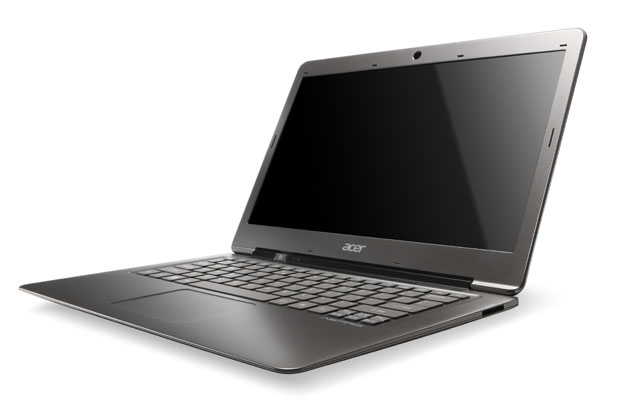Ultrabooks are what Intel thinks of as the future of laptops, and why not, if they can make these laptops ultra-thin, light, ultra-responsive and optionally include an optical drive, why would you lug around a fat, heavy, beast of a computer?
The answer might be in price, as Ultrabooks typically look pretty posh and have a designer price tag to match. Though prices are coming down the cheapest Ultrabooks are still about twice the price of the cheapest new laptops.

Currently most Ultrabooks offer an 11in - 13in screen but more variations in the specification on offer are coming from various suppliers. And here is the rub with the component makers. Because of the tightness of space available in the Ultrabook form factor many of the components used within have to be custom made and shaped to shoehorn into the uni-body designs.
Manufacturers like to mass produce to benefit from the economies of scale. With more and more variations in the Ultrabook specification being made by various manufacturers to establish some competitive advantage (differentiation) it's hampering the component factories' mass production runs.
Component makers have been reported to be worried by the demand for this new form of laptop not kicking in and sales taking off, and a run of parts made for one particular Ultrabook most probably cannot be used in another. That equals waste and loss for the component manufacturer if they have any inventories built up. Reducing the run size increases cost and makes Ultrabooks more expensive and consequently less popular - a vicious business cycle. This is another illustration in economics how expectations are so important to outcomes.
In the tablet field we have the same problems, customers want thinner, lighter, yet more powerful systems and some parts have to be custom made to fit particular models. Here there is the added dimension of competing chipsets for Windows devices - Wintel or WoA (Windows on ARM).

However news just in from Lite-On regarding the possible revenue from Ultrabooks is very positive. The company suffered a significant income slump in 2011 due to the Thai floods. Yet citing growth of cloud computing, smartphones and Ultrabooks, positive US economic data as well as the upcoming Windows 8 operating system, Lite-On see lots of opportunity for revenues to pick up in 2012.
A question mark still hangs over the Ultrabook form factor, but with Intel pouring billions of dollars into the idea, we wouldn't want to bet against it.













